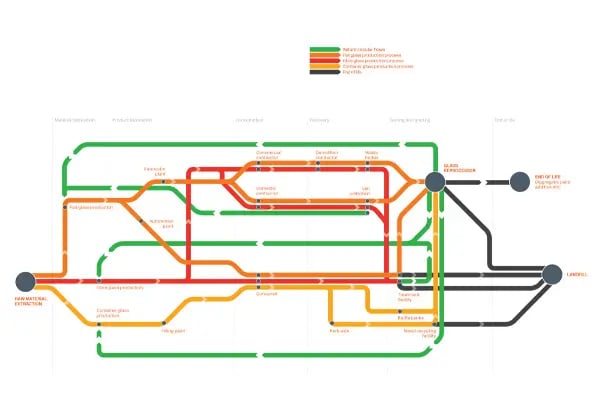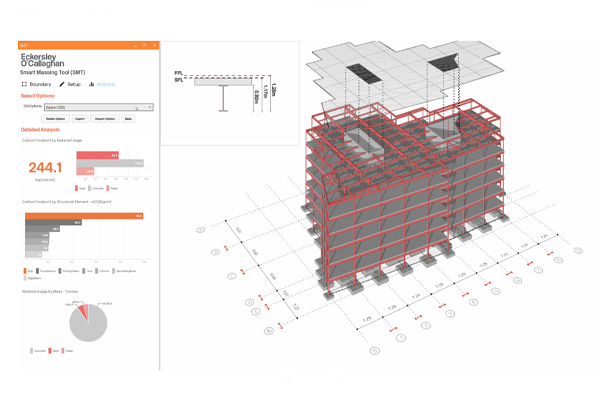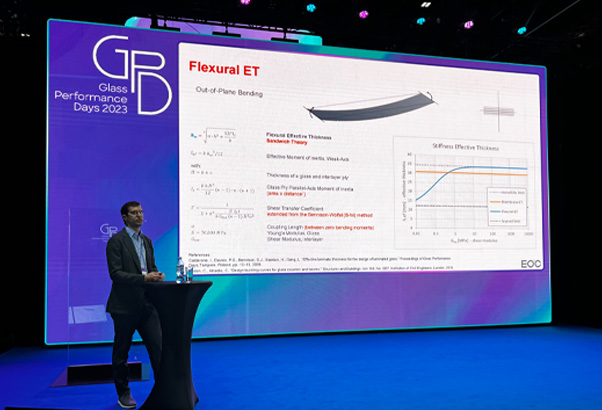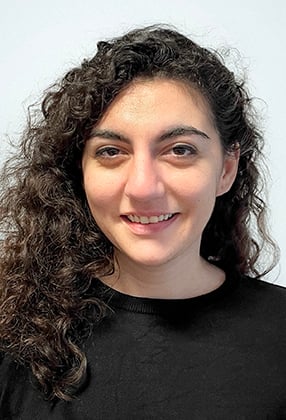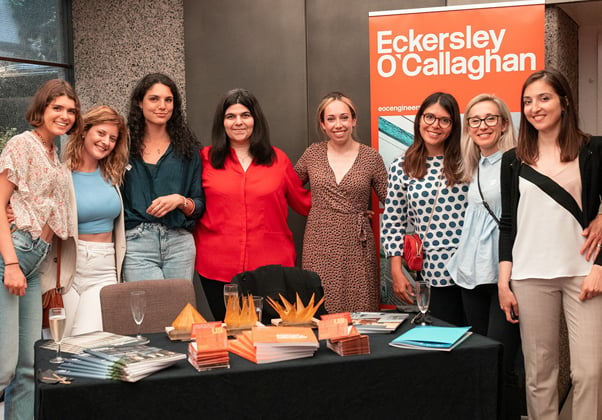Effective Thickness | Adam Nizich
16 November 2023
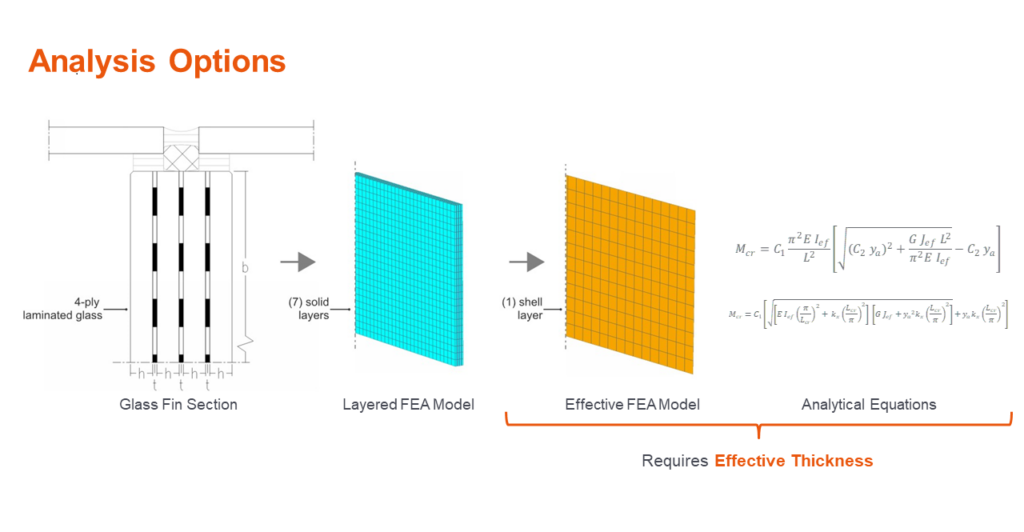
Written by Adam Nizich, Senior Engineer
Laminated glass composed of two or more glass piles and a plastic interlayer is the integral material for our innovative structural glass projects. Compared to other conventional building materials, laminated glass structural analysis requires a rigorous assessment in bending and torsion of the shear coupling of glass plies across the interlayer(s). We have found that a detailed analysis involving a layered finite element analysis (FEA) model is neither a practical approach for an initial engineering assessment nor necessarily efficient for final engineering of several conventional applications.
Individual “effective thickness” values representing membrane, bending, and torsional stiffness of laminated glass corresponding to glass lite geometry, loading and boundary conditions are useful in hand calculations. However, multiple effective thickness values are not readily applicable to the standard plate finite element preferred for a comprehensive glass structural system analysis. To address this challenge, we proposed the Thin Plate Effective Stiffness Matrix for combination of multiple effective thickness values into a single element.
Effective Thickness Models
Effective thickness models have been developed and extended to address specific loading and boundary condition design applications. At the time of writing, three general effective thickness models developed for specific loading and boundary condition are under consideration in design standard and code development:
- Sandwich Theory – most applicable for simply-supported beams under uniform loading (combined works of Bennison, S., Luible, A., Stamm, K., Witte, H., and Wölfel, E.).
- Enhanced Effective Thickness – developed for a range of loading and boundary conditions for beams and plates (Galuppi, L. and Royer-Carfagni, G.).
- Conjugate Beam Effective Thickness – developed for 2-ply cantilevered-beams with various boundary conditions (Galuppi, L., and Nizich, A.).
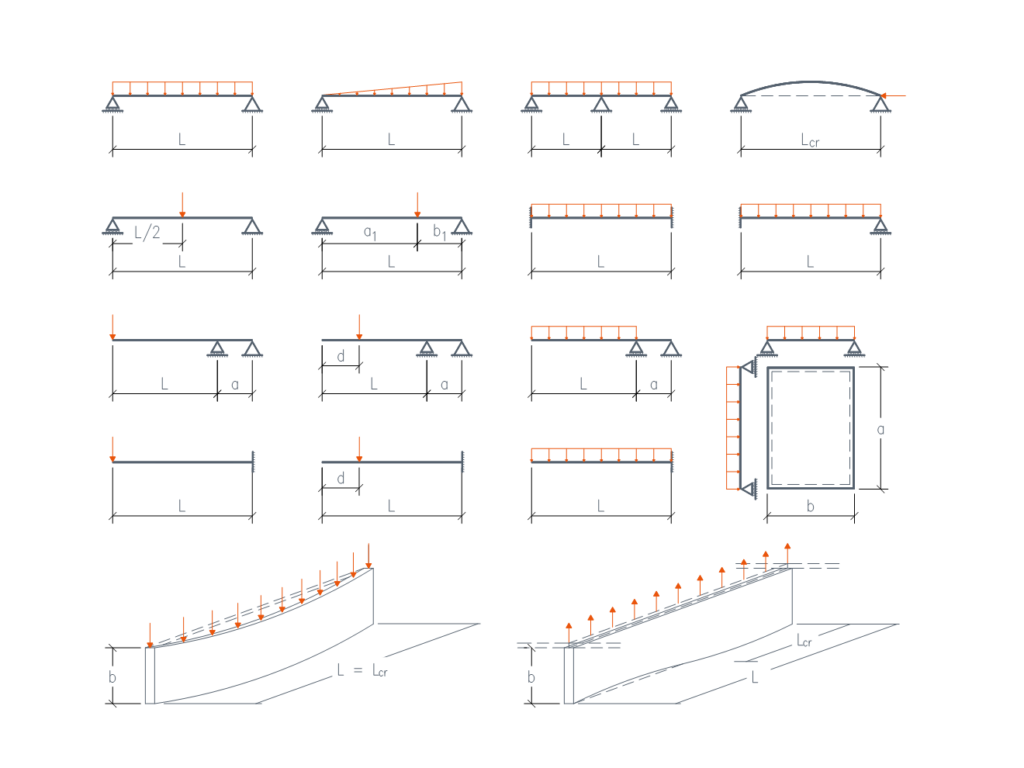
Analysis
Accurate assessment of interlayer shear coupling in bending and torsion is key to evaluation of structural performance of laminated glass. Individual glass beams and plates are readily evaluated by using effective section properties in analytical equations. For simplified system structural analysis in an FEA environment, it was formerly necessary to assign one effective thickness value representing either membrane, flexural, or torsional stiffness to evaluate stability to a thin shell element. For glass fin applications which have inherently complex structural behavior, this led to an inaccurate assessment of stability. Based on our conversation with Strand7 FEA software support, we solved this dilemma by defining an effective stiffness matrix for thin shell elements.
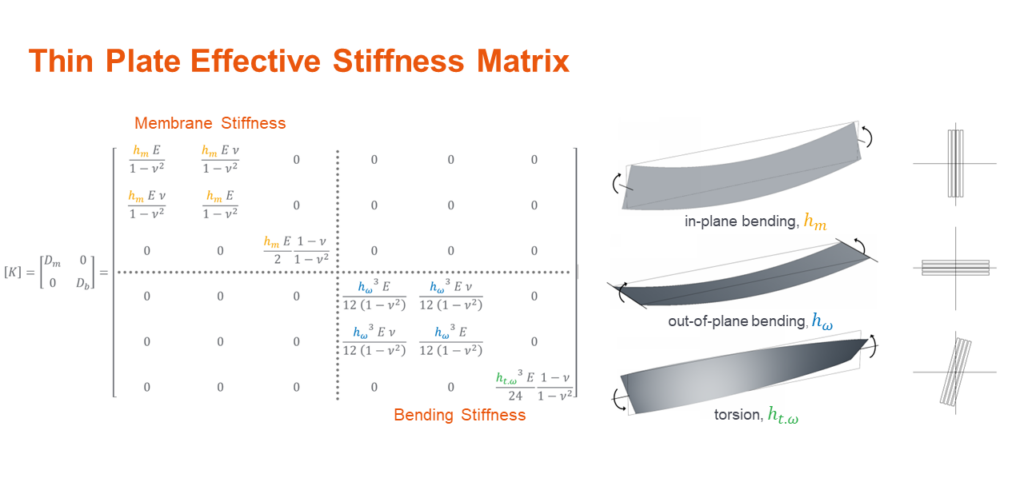
Code & Standard Development
The development of new and revised structural glass design standards has brought renewed attention to codifying effective thickness methodology. Building on the precedent of Sandwich Theory (Bennison-Wölfel) effective thickness for simply-supported beams in ASTM E1300, the Draft Eurocode CEN/TS 19100:2021 – “Design of glass structures” includes more broad applications of Sandwich Theory and the Enhanced Effective Thickness Method. Recent advances in effective thickness methods has offered improved accuracy for additional applications – most notably the Conjugate Beam Effective Thickness Methods. EOC is currently leading the task group for development of a new ASTM effective thickness standard that includes a comprehensive set of effective thickness methods and applications.
Simplified Glass Engineering
At Eckersley O’Callaghan we have always led innovation in glass engineering with a central focus on identifying solutions for the most demanding design challenges, meaning we have been well positioned to design and engineer novel structural glass applications and buildings. Glass fins are an ordinary application of structural glass and knowledge of efficient and reliable analysis methods are key to approaching the design of the most ambitious structural glass applications.
In support of structural glass standard and code development, we shared a paper at the 2023 Glass Performance Days conference to:
- Improve the accessibility of simplified structural glass analysis methods
- Extend application of Sandwich Theory effective thickness for multi-ply glass fins
- Propose an Effective Stiffness Matrix for simplified finite element analysis of laminated glass
- Provide technical guidance on the performance and analysis of glass fins
We hope you enjoy the paper titled, “Application of Effective Thickness for Finite Element Analysis of Laminated Glass Fins” which can be found in the conference proceedings here: Glass Performance Days














